DNVN - Although the economic potential of mining the Moon is clear, this activity still faces many technological challenges, huge costs and complex legal issues. However, the continuous development of advanced technologies and the spirit of international cooperation can turn this idea into reality.
Actively researching the possibility of exploiting lunar resources
According to Shaza Arif, a research associate at the Center for Aerospace and Security Studies (CASS), Islamabad (Pakistan), mining resources from the Moon used to be a science fiction idea, but today, it has become an important topic in discussions about the future of the space industry.
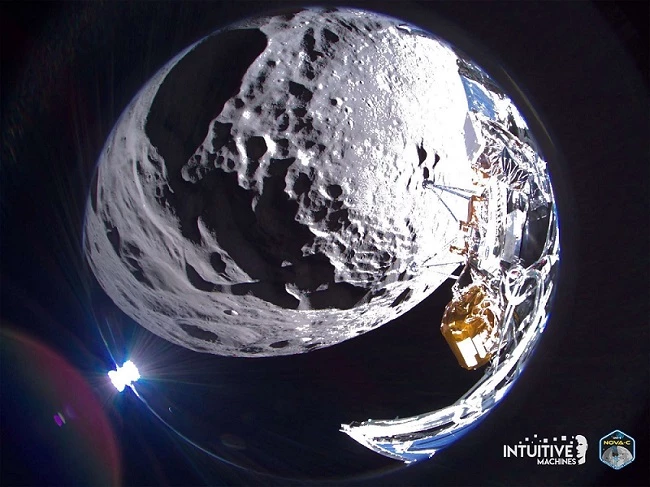
Image provided by Intuitive Machines of the Odysseus lander in action on the Moon. Photo: AFP/TTXVN
The Moon’s surface contains many valuable minerals such as gold, iron oxide and platinum. In particular, Helium-3, an element that is rare on Earth, exists in large quantities on the Moon, opening up the potential for clean energy development from thermonuclear reactions. Mining the Moon not only advances technology but can also bring sustainable economic and environmental benefits.
Space agencies and private companies are actively exploring the possibility of mining lunar resources to address resource challenges on Earth. Moon-derived gold and platinum could supplement global industrial needs, while Helium-3 could play a key role in clean energy development through fusion reactors.
Modern geological maps help identify resource-rich areas on the Moon, supporting mining plans. Developments in mining technology are opening up important steps in accessing and exploiting resources from this celestial body.
One of the most important applications of lunar mining is In-situ Resource Reclamation (ISRU), which allows direct use of resources on the Moon without transporting them back to Earth. This could help build bases on the Moon and provide water, fuel, and construction materials for space missions without having to rely on Earth.
Lunar regolith contains up to 40-45% oxygen, an element necessary for life and fuel production. This not only reduces costs but also optimizes supplies for long-term missions, from developing lunar bases to further space travel.
Technology and cost challenges
While the prospect of lunar mining is promising, technical challenges and costs remain major hurdles. The cost of launching rockets and transporting materials to the Moon is estimated at $24 billion, raising questions about the feasibility of mining these minerals. At the same time, the technology for mining, extracting, and processing them in the harsh lunar environment remains complex.
The Moon's extreme temperatures, intense radiation, and lack of gravity require mining systems specially designed to withstand them. Building mining infrastructure and developing automation systems will also require technological breakthroughs.
In addition to the technological and cost challenges, there are legal issues. The 1967 Outer Space Treaty stipulates that no nation can claim sovereignty over celestial bodies, but it does not specifically address resource exploitation, creating ambiguity in international law. This could lead to future conflicts between nations and private companies.
Some countries, such as Luxembourg, have adopted their own regulations on space exploration, but there is still a lack of a unified international mechanism. This lack of clarity could lead to unfair competition and conflict in space.
The Future of Lunar Mining
Despite the challenges, lunar mining is a promising field that is attracting the participation of the private sector and space agencies. Technological developments and international cooperation are driving this process. However, for lunar mining to become a reality, appropriate policies and strict management are needed to ensure sustainable mining activities without harming the lunar ecosystem.
Mining the Moon is not only a scientific breakthrough but also a huge commercial opportunity. Challenges remain, but with cooperation and technological development, mining resources from the Moon could soon become a reality, opening a new era for the space industry.
Lan Le (t/h)
Source: https://doanhnghiepvn.vn/cong-nghe/khai-thac-mat-trang-tu-khoa-hoc-vien-tuong-den-hien-thuc/20241008094808630




![[Photo] Overcoming all difficulties, speeding up construction progress of Hoa Binh Hydropower Plant Expansion Project](https://vstatic.vietnam.vn/vietnam/resource/IMAGE/2025/4/12/bff04b551e98484c84d74c8faa3526e0)

![[Photo] Closing of the 11th Conference of the 13th Central Committee of the Communist Party of Vietnam](https://vstatic.vietnam.vn/vietnam/resource/IMAGE/2025/4/12/114b57fe6e9b4814a5ddfacf6dfe5b7f)

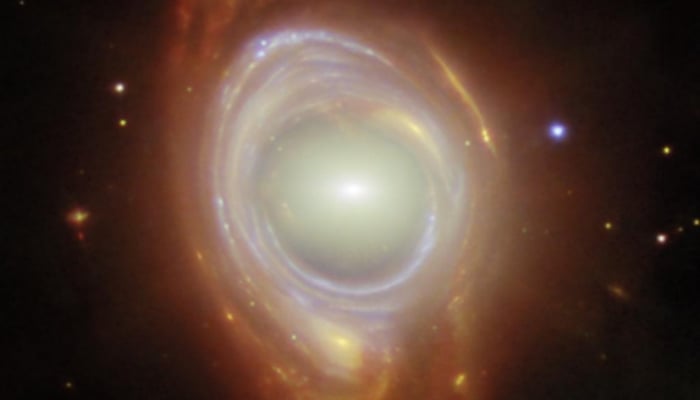






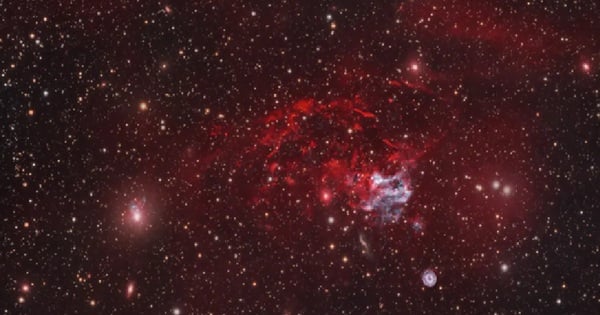

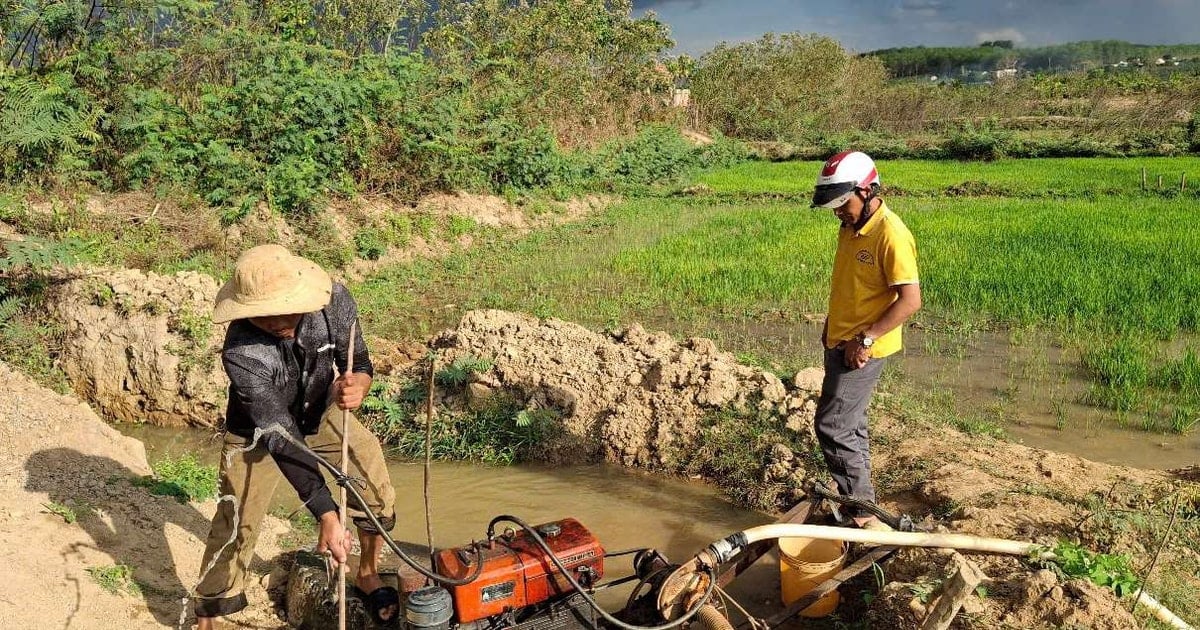
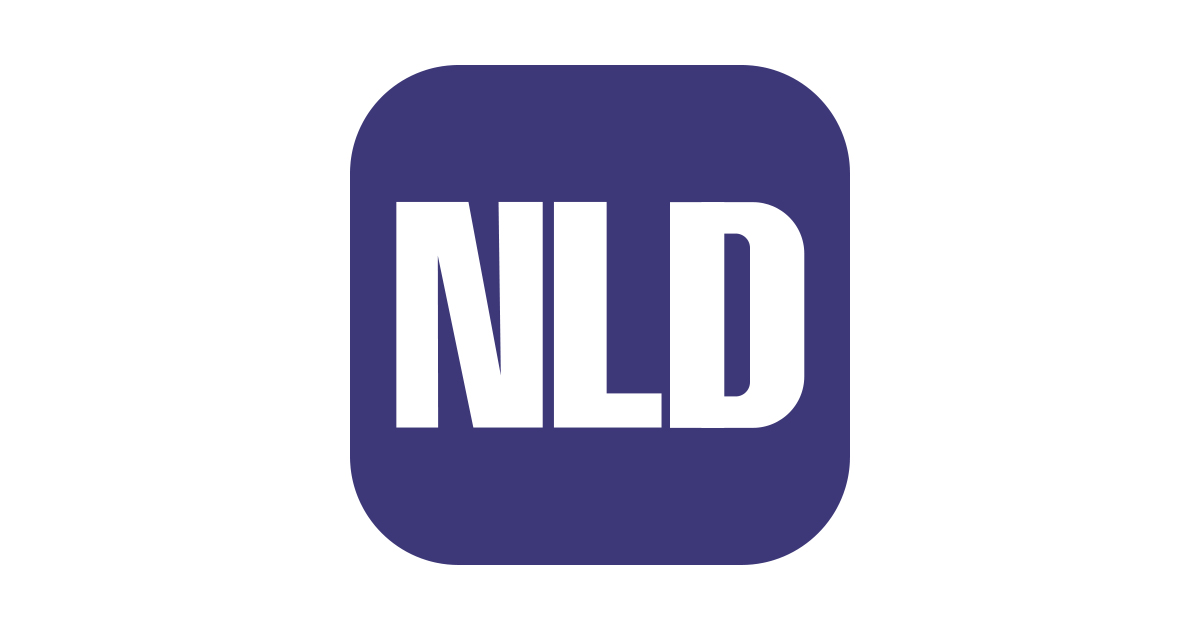
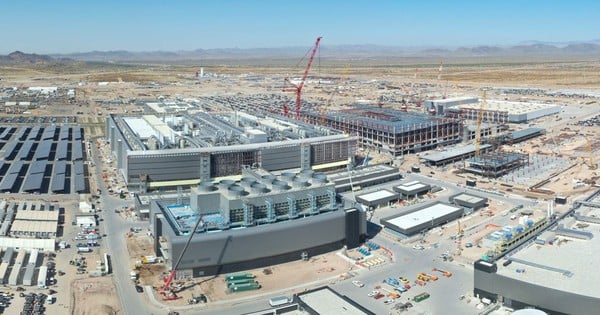
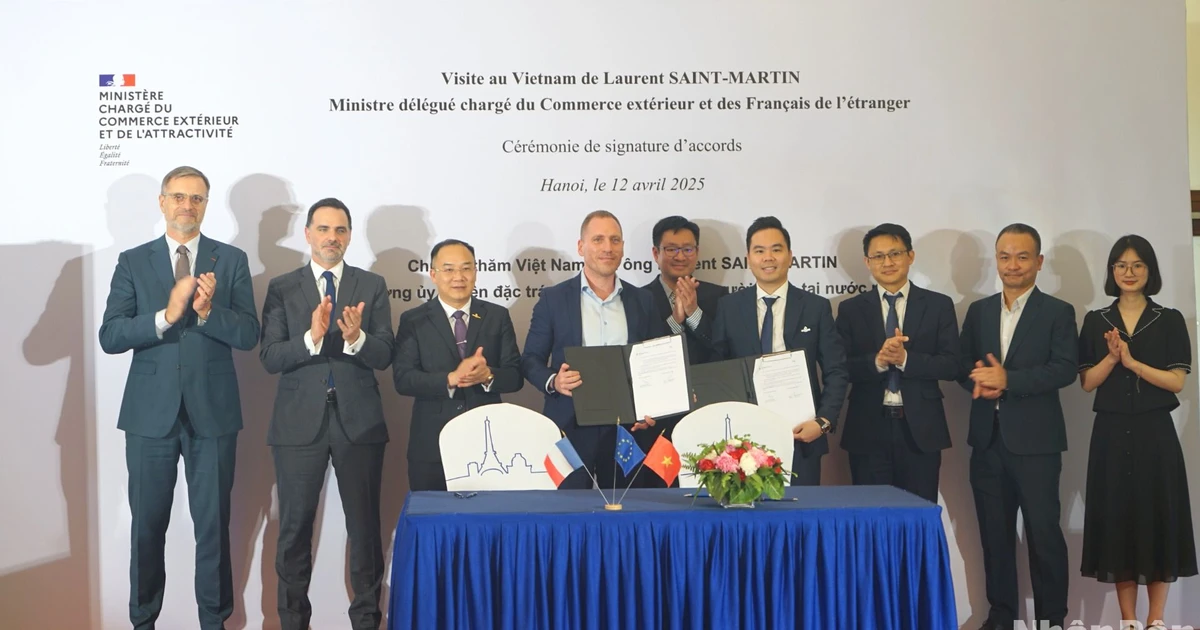






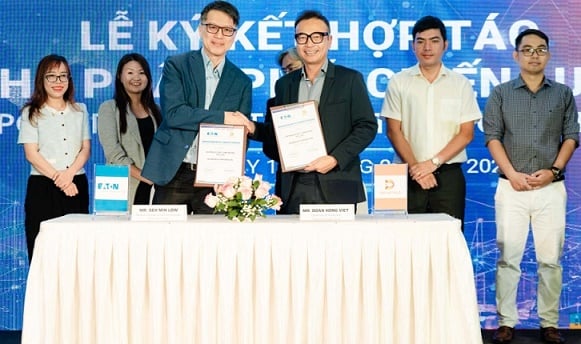

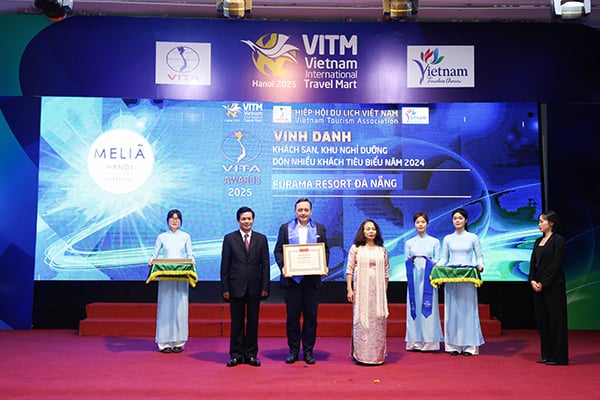

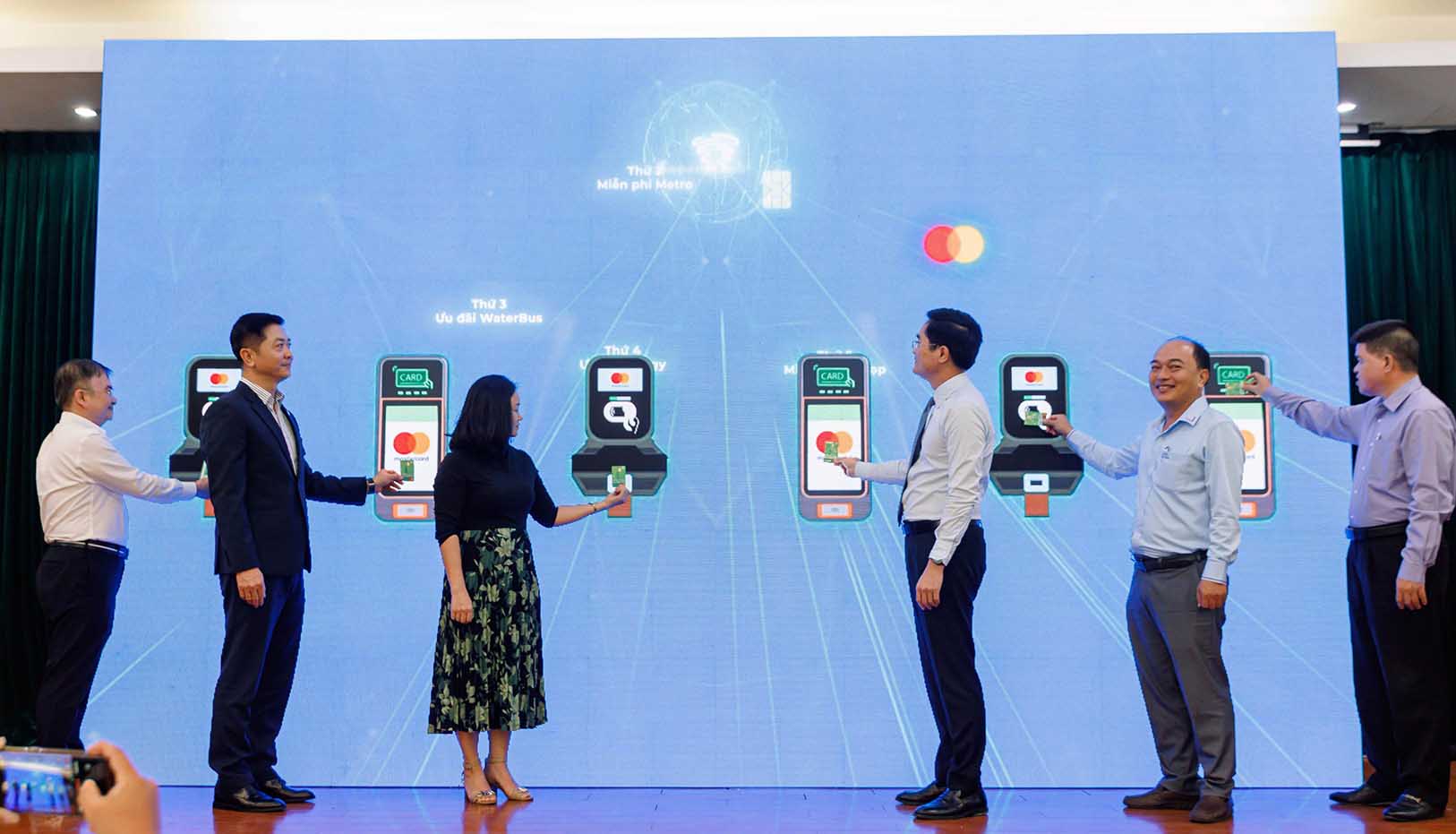












































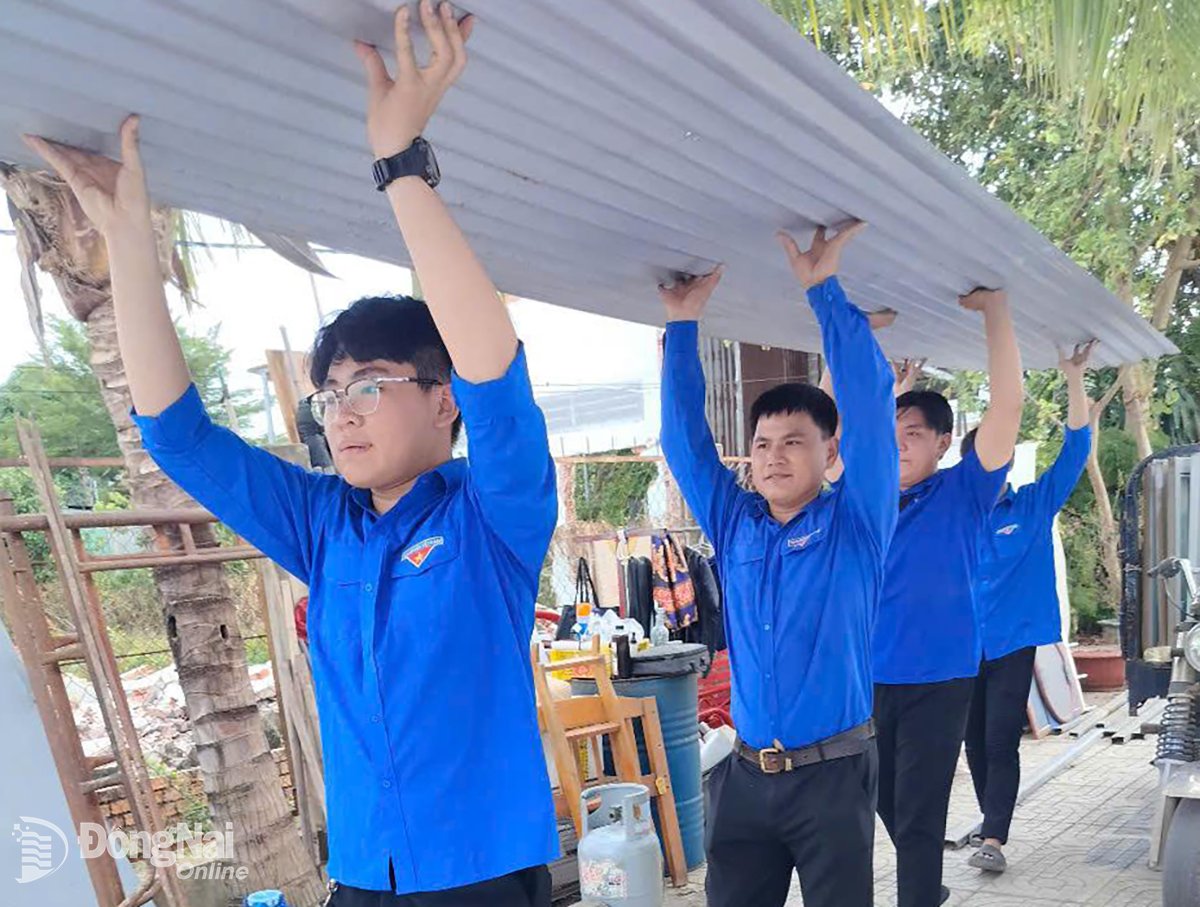


















Comment (0)